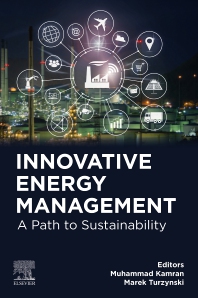Books in Energy and architecture
Books in Energy and architecture
- 1st Edition
- Dasheng Lee + 2 more
- English

Artificial Intelligence for Energy Efficiency
- 1st Edition
- Karan Sotoodeh
- English

ASME Codes and Standards for Piping and Valves
- 1st Edition
- Muhammad Kamran + 1 more
- English

Innovative Energy Management
- 1st Edition
- Vivien Lin Lu + 3 more
- English

Toward Energy-Efficient Buildings
- 2nd Edition
- Nasir El Bassam + 2 more
- English

Distributed Renewable Energies for Off-Grid Communities
- 1st Edition
- Ozan Erdinc
- English

Optimization in Renewable Energy Systems
- 1st Edition
- Annarita Ferrante
- English

Towards Nearly Zero Energy
- 1st Edition
- Fan Shi
- English

Reactor and Process Design in Sustainable Energy Technology
- 1st Edition
- Nasir El Bassam + 2 more
- English

Distributed Renewable Energies for Off-Grid Communities
- 1st Edition
- Matthew R Hall
- English

Materials for Energy Efficiency and Thermal Comfort in Buildings